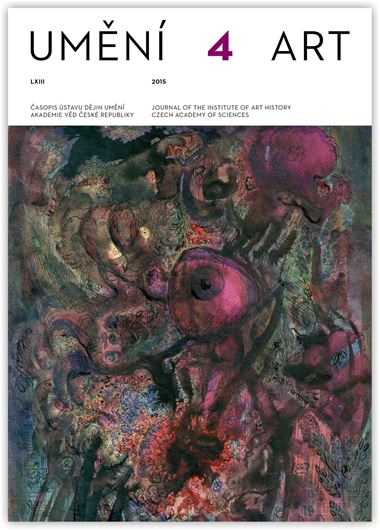Jakub Hauser
Výtvarníci ruské a ukrajinské meziválečné emigrace a slovanská galerie Jiřího Karáska ze Lvovic
The art collections of poet Jiří Karásek of Lvovice and his gallery at Tyršův dům in Prague, opened to the public in 1925, have thus far received attention only on a general level. Little in-depth research has been done on this subject to date. This article traces the evolution of Karásek’s preferences as a collector, starting in the 1920s, and the role his close contacts with émigré artists from the former Russian Empire played in the acquisition and exhibition policy of his gallery over time. It describes how the concept of his collection took shape within the context of local demands for a picture gallery devoted to Slavic artists and how he distanced himself from the purportedly rival collection put together by the Slavic Institute at the initiative of Russian art historian and expert in byzantine studies Nikolai Okunev. This article draws on materials from the archives and the collections of Karásek’s gallery, which are today among the most important collections in the Museum of Czech Literature, and examines Karásek’s ties to Russian and Ukrainian artists in exile. These ties were reflected in the content of the gallery’s collections and exhibitions and in Karásek’s own publications. Jiří Karásek of Lvovice made a demonstrable effort in his work as a collector to include work by émigré artists from Russia living in Czechoslovakia. His strongest ties were with several artists, most notably painter Platon Dejev and sculptors Aleksandr Golovin and Eugeniy Brzezinski. He promoted the work of Dejev and Golovin on the pages of periodicals and by putting together a permanent exhibition at his gallery, and he remained in contact with Golovin even after the latter moved to Paris.
Full-text in the Digital Library of the Czech Academy of Sciences:
https://kramerius.lib.cas.cz/uuid/uuid:4938a091-1060-429c-ac56-398643a57cef
< back

